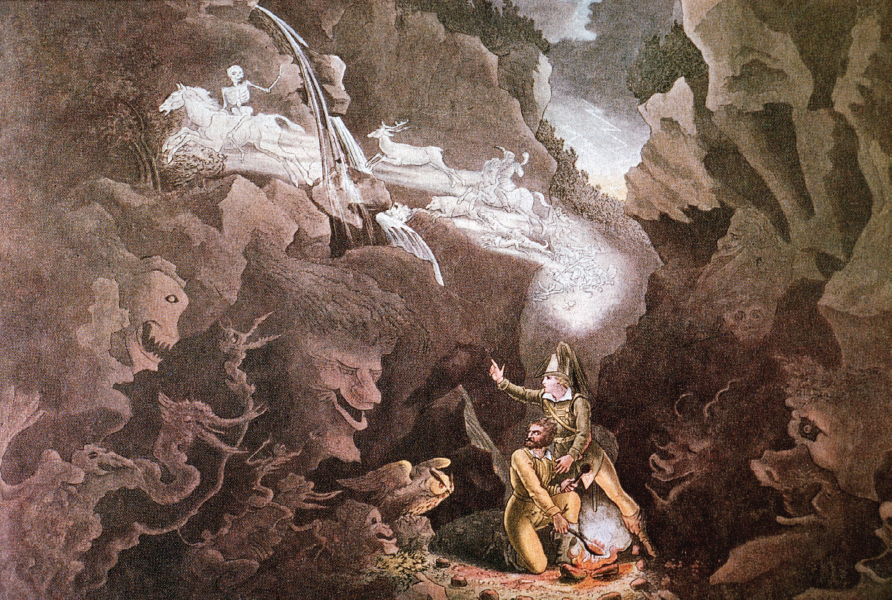CHAPTER
18
Romantic Opera
“Carve this into your head, in letters of brass: An opera must draw tears, cause horror, bring death, by means of song.”
Opera composer Vincenzo Bellini, 1834
The nineteenth century was a golden age of opera, which flourished all over Europe from Germany, France, and Italy to Bohemia and Russia. This was true in part because opera tied into two important Romantic themes. The first was the idea of breaking down barriers between the arts. Combining music with poetry and other forms of literature, and even with philosophy, made perfect sense to Romantic composers and their audiences. The age that produced the lied — a German song with an important poetic dimension — was also committed to the union of music and drama.

The second Romantic theme was the celebration of music as the most profound of all the arts. Opera composers and librettists began to ponder the meaning and message of their work; they came to view opera as a type of serious drama in music, not just a vehicle for song, spectacle, and entertainment, as had often been the case before. Richard Wagner is famous for embracing and publicizing this notion. He put it into action with his “music dramas,” as he called his operas — works that fascinated the later nineteenth century. Nevertheless, Wagner was not alone. Even when he was still an unknown provincial conductor, the attitudes he would build on were developing all over Europe.
In this climate many operas took their subjects from highly regarded Romantic novels, such as Ivanhoe, The Lady of the Lake, and The Bride of Lammermoor, by Sir Walter Scott. Other operas started from Romantic poems and plays by Lord Byron, or the French writer Victor Hugo (author, in his later days, of Les Misérables). Moreover, since Romantic writers looked with new enthusiasm to Shakespeare’s plays, opera composers also drew on them widely. Giuseppe Verdi, to whom we now turn, set versions of Shakespeare’s tragedies Macbeth and Othello, as well as the comedy The Merry Wives of Windsor.